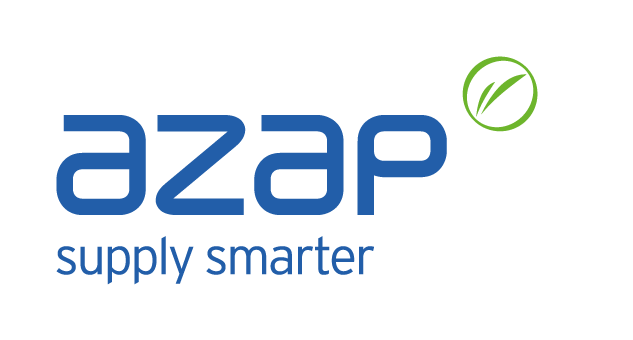In our uncertain and complex world, is it still necessary to make forecasts? This was the question induced by SC Village on March 8, 2023 during the panel discussion on “Does forecasting software have a future?”.
Forecasts illuminate the future
During these debates, Fabien Grattepain, Managing Director of AZAP, was able to demonstrate the usefulness of forecasts and highlight the main contributions of this tool-based process. Thus, as a forecasting solution, AZAP uses algorithms to calculate forecasts automatically. Once completed and challenged by the various functions involved, these forecasts shed light on the future. They also help managers make short, medium and long-term decisions by allowing them to agree on a common, concerted and justified vision. AZAP solutions thus process events, promotions, the product life cycle, links to the assortment as standard. Finally, AZAP Demand Forecast facilitates the sharing of information also with external partners (suppliers, customers, service providers, panelists, etc.).
Optimization of resources, capacities and stocks
In addition, the support of software like AZAP helps to structure the forecasting process, both on the product axis (stock of shelf, promotions, new products, etc.) and distribution channel / customer. Indeed, once established in a concerted manner, the demand forecast makes it possible to draw up master plans for production (PDP), purchases and supplies, distribution (DRP) and to manage stocks, multi-level if applicable. So many plans that help to properly size resources (materials, components, human, etc.) and capacities (production, storage, transport, etc.), in a context where they are increasingly constrained.
Forecasts, an essential role
The forecasting process makes it possible to guarantee the optimal availability of a product on each of its distribution channels. In addition, working on the forecast makes it possible to optimize its supply conditions, in particular through better anticipation and relevant groupings, including for large imports. Finally, it allows you to react quickly, in the short term, in the event of a hazard or a forecast disruption. Forecasts are therefore confirmed in their essential role of anticipation, coordination and optimization of Supply Chain organizations. “Our multiple experiences in implementing our solutions bring real business added value to the projects we carry out with our customers,” concluded Fabien Grattepain.

